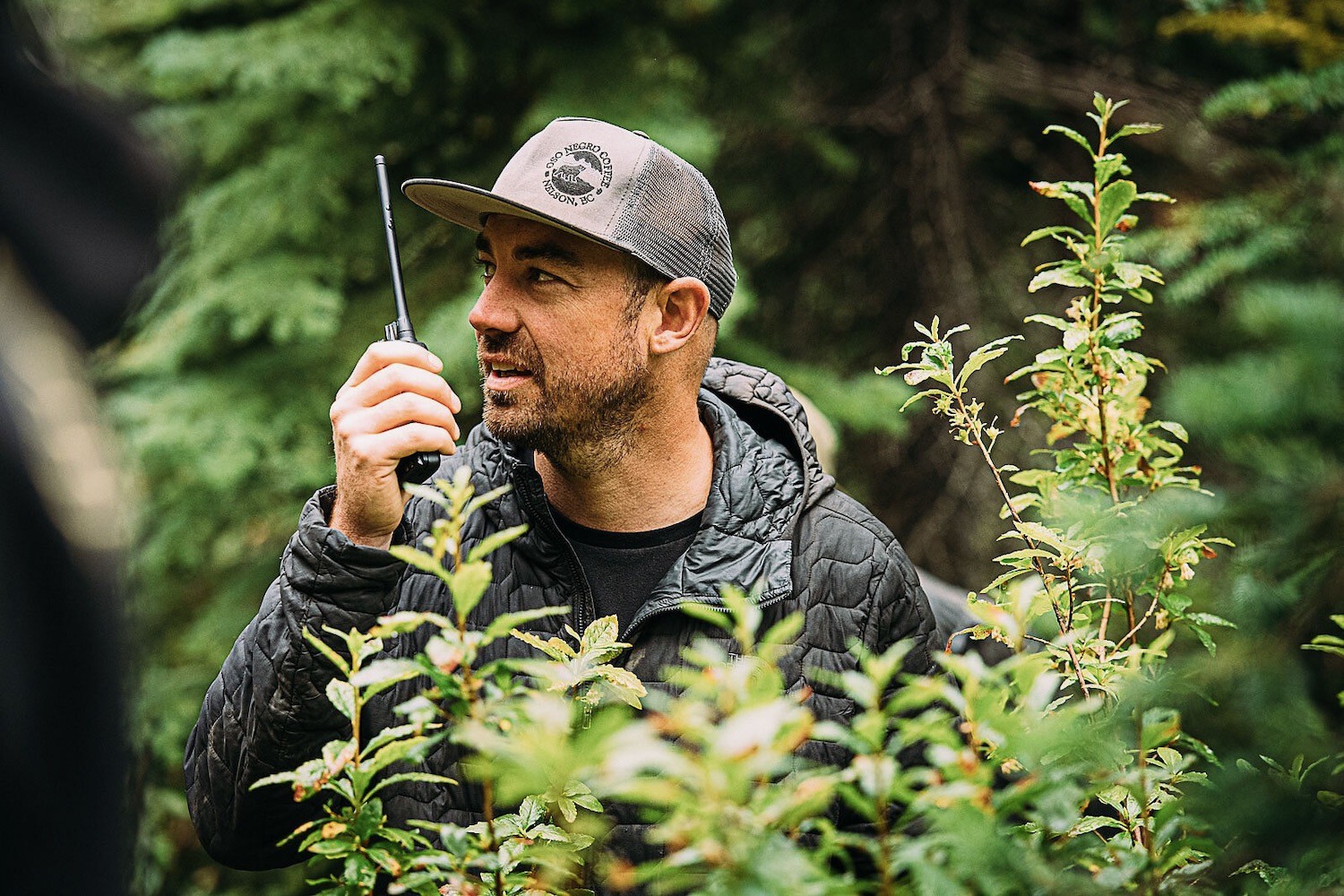5 Practical Tips for Mountain Bike Maintenance


What You Need To Know About Mountain Bike Maintenance
If you own a mountain bike like me, you know what an investment it is, both physically and financially. While most people usually assume that these fairly smaller vehicles are cheaper and less valuable, the true cost of maintaining a good bike’s lifespan and safety may surprise you. To avoid these hefty one-time repair costs, it is crucial for every bike owner to foster regular habits of bike cleaning and maintenance. Proper mountain bike maintenance not only makes your cycling extremely safer, but enhances your riding experience as well.
Usually mountain bike owners love to take their bikes out into the wild–which is great and adventurous until the bike accumulates mud and the moving parts start to wear and tear. Cleaning your mountain bike particularly after a muddy or wet ride can be a daunting task and usually storing that muddy bike out of sight (out of mind) in the garage could be tempting.
However, as a biker, you should take pleasure in making your riding equipment sparkling clean. Trust me, it is so rewarding to begin a new adventure on a squeaky clean bike. Just like how people enjoy polishing and cleaning their beloved cars, you should treat your trusty bike a similar way!
Instead of relying on an expert to clean and maintain your bike, a sensible do-it-yourself routine maintenance is not only effective but cost-free as well. No matter if you are an expert mountain biker or someone who is considering purchasing good entry level mountain bike, you will appreciate the “future you” for picking up these bike-cleaning habits!
So, follow these tips and make your mountain bike more trail-worthy every minute!
1. Take care of your drivetrain
You won’t ride very far without a properly maintained drivetrain. Silky-smooth pedaling, seamless shifting and noise-free movement are all possible signs of a functioning, healthy and well-loved drivetrain!
Typically, a bike’s drivetrain includes key components such as the cranks, pedals, chainrings, chain, cogs and the derailleur. It forms a critical component of your bike because it transfers all the power generated by your legs to the back wheel, which propels the bike forward.
Clean and lubricate your drivetrain
Bearing in mind that it houses lots of moving sub-components, the drivetrain can easily wear out if not properly maintained. Always clean and remove all sorts of debris from the drivetrain after every long ride. I like to use household items to get into the nooks and crannies (think old toothbrushes and rags) and make sure the cleaning solvent gets all the grime and muck off my parts.
You are also highly encouraged to lubricate it more regularly. Lubrication does help overcome mechanical friction thus preventing unwanted wear and tear. However, excess lubrication is not good because the extra lube on the outer parts of the chain can attract grime and dirt. If you always drive a lot, grab a bucket, a hose and recommended detergent and clean your drivetrain at least twice a week. You can use an old toothbrush to remove all the dirt and grime on your chain. Allow it to dry before you apply fresh lube.
Check all moving parts
Depending on the weight and size of your bike, you may need a bike stand or even a partner to help you prop up the bike or be your extra pair of eyes for muck in angles you can’t see clearly. To begin, raise your rear wheel and shift through all the available gears. Shifting should be problem-free and easy to perform as well. Thoroughly inspect the chain and the rings, cassette and the derailleur for any potential damage. If the shifting seems problematic, it’s best to take the bicycle to a repair expert to have it examined.
2. Mind your wheels
Mountain bikes usually boast robust wheels that provide traction, allowing you to travel over a variety of harsh surfaces such as roots, ladder bridges, rocky terrain and perhaps mud. However, with long-term use comes to wear and tear and this could potentially open the door for all sorts of problems.
Rule of thumb for tire pressure
Before you set out for the trails, always ensure your tire pressure is ideal for the terrain you’ll be riding over. As a rule of thumb, you should keep your tire pressure between 30 and 45 psi. Though relatively lower psi may offer more traction on loose and technical terrain, it can be prone to flats. Pressure will always escape from your wheels and this implies that you must invest in a great pump to adjust tire pressure often.
Clean your tires
After a muddy ride, you’ll want to clean your tires thoroughly. Dirt and other forms of debris are known to cause bike rims to age at a relatively faster rate. Your bike wheels should also spin freely around the hub without touching, rubbing or hitting any parts. You also need to examine the tires for cracks, broken or bent spokes, splits and physical damage, especially along the side-walls. Damaged tires are equally prone to flats. Excessively damaged tires should be replaced accordingly.
3. Always inspect your braking system
Brakes are an essential part of your mountain bike. Making sure that they are in great working condition can mean the difference between a smoothly- negotiated bend and a sudden loss of control! Keeping your brakes in tip-top condition is key to your overall safety.
You’ll want to examine your brake pads to ensure they offer a sufficient amount of grip when needed. Brake pads are the small rubberized or metallic rectangular devices which actually rub against the wheel rim when you apply the stopping force. They can wear down at faster rates, especially if poorly maintained. You should immediately change your brake pads if there is excessive wear.
4. Always check your fork
This is one of the bike components that can be quite expensive to replace. As a result, you need to tune it up more regularly. After each ride, you must inspect your fork for any physical damage.
How to check the fork
Position your bike vertically and stand beside it, pressing your fork downwards while closely monitoring any notable changes. If it doesn’t rebound off seamlessly, just know that there could be a built up of either grit or dirt which must be removed. The other thing to take note of is that the suspension oil needs to be changed after every twenty hours of riding. Forks may need special oil-based lubrication that prevent friction, allowing it to move freely. You can consult your local bike repair shop for guidance on the best oil for your fork.
5. General and routine cleaning
Trail cycling or adventuring does not need to be a “dirty (muddy)” hobby! Prioritize cleaning your bike routinely, especially after muddy rides. The one hour commitment you invest to remove all sorts of clogged grime, dirt, and mud will really make a difference in hindsight as you see how little time you need to invest in maintenance.
Cleaning essentials
You are highly advised to use basic biodegradable cleaners to clean your frame, cassette, pedals, brakes, seat as well as the rims. Use recommended bike-specific cleaners to avoid damaging any surfaces or the finish of your bike. As always, don’t forget to lube and grease all the moving parts after a thorough scrub-down.
I hope these 5 tips to mountain bike maintenance will help elongate the life span of whichever mountain bike you may have. Remember that no matter how expensive or cheap your mountain bike is, long-term routine maintenance is always essential to make sure your bike is always functional and trail-ready.
Good luck!
Last updated on Dec 13, 2018Have you subscribed to our Newsletter or Podcast? Listen to us on Apple Podcast and Spotify and follow us on Facebook, Instagram Twitter and YouTube.








